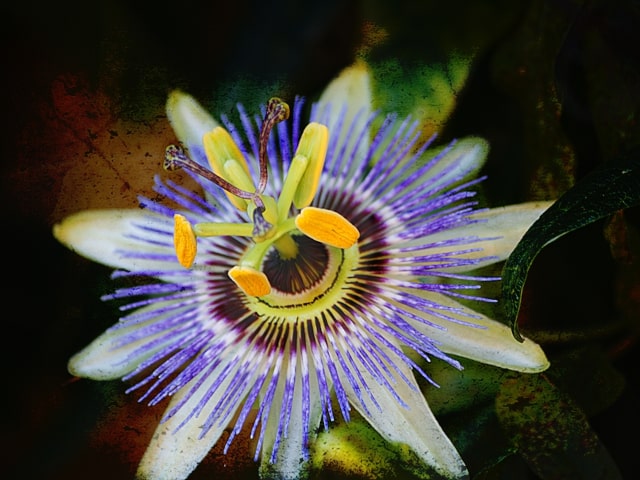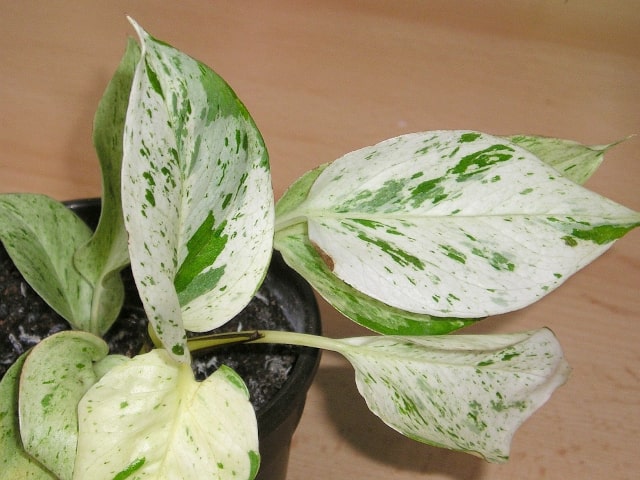
The passiflora is more commonly known as the "passion flower vine". It's one of the newly popular wines more and more people start to grow in their homes. The passiflora vines can be found in many garden centers today. They are great for adding some spring colors to your home. This Brazilian native is a great plant for your home or patio. It gives a very unique look and it's a great plant for home gardeners.
Origins
This purple passion fruit is native to southern Brazil, Paraguay and parts of northern Argentina. It was also partially naturalized and grown in coastal areas of Australia prior to 1900.
Seeds of this plant were brought from Australia to Hawaii in late 19th century. The first passiflora were planted in 1880. The plant soon became popular in many homes and gardens.
Passiflora are very popular with butterflies. Also, this plant and its fruit is used to make some products, such as tea.
There are dozens of passion vine varieties. Some are edible and others are not. Among the edible species are Passiflora data, antioquiensis, edula, aurifolia, ligularis, and maliformis. This article focuses on the ornamental variety of passiflora.
Care Requirements
These plants enjoy a frost-free climate. Some of the cultivars can tolerate temperatures in the upper 20s F without damage, but it's generally advisable to keep your passiflora in a warmer temperature.
Some varieties tolerate cold pretty good. For example, the "Blue Passion Vine" is very cold hardy and salt tolerant. However, this variety doesn't grow well in the summer heat. On the other hand, the Yellow passion fruit is very tropical and it can't tolerate frost at all. The purple and yellow passion fruit varieties require a good protection from the wind.
Generally speaking, you will need to provide your passiflora with lots of sun, save for those really hot summer days. When it's very hot and sunny outside, make sure to provide your passiflora with some partial shade.
Another thing to keep in mind is that this vine grows rapidly and it can get out of hand. For this reason, it's important to plant it next to a chain link fence or use a trellis.
These plants can grow in many different soil types. What is important is to ensure that the plant receives good drainage. Since vines are generally shallow-rooted they will benefit from a thick layer of organic mulch.
Remember to water your passiflora frequently. If you wish to keep this plant flowering continuously it's important to keep regular watering.
Since these plants grow rapidly they require frequent fertilizing. You shouldn't use only a 20-20-20 fertilizer. It will probably promote good growth for your wine but it will make it very green (lots of foliage) and not enough flowers. Instead, you may try to use a solid fertilizer with a ratio of 2-1-3 to promote flowering.
Tips for Buying Passiflora Plants
Here are some quick tips for buying a passion vine for your garden:
- When choosing a plant, look for the one with undamaged foliage.
- To get the best plants, ask when the local nursery receives new shipments.
- A healthy plant has a good root system, so it's another thing you should inspect.
- On the ride home, don't let your passiflora hang out of the car window.
- Also, on the ride home, don't let them sit in the car (while you stop at the other store).
- When you bring your passiflora home, you need to give it some time to acclimate to the new environment.
Photo credit: @Doug88888




1 Comments
There aren't a lot of beginner guides/faqs for this plant. I bought some seeds impulsively, planted them, got a half a dozen seedlings... Then they started making vining/creeping tendrils and I was like "okay, what now?". Your tips on growing against a fence, wind protection, and shade on extra hot days will all give my passifloras a better chance at survival. Thanks! =)